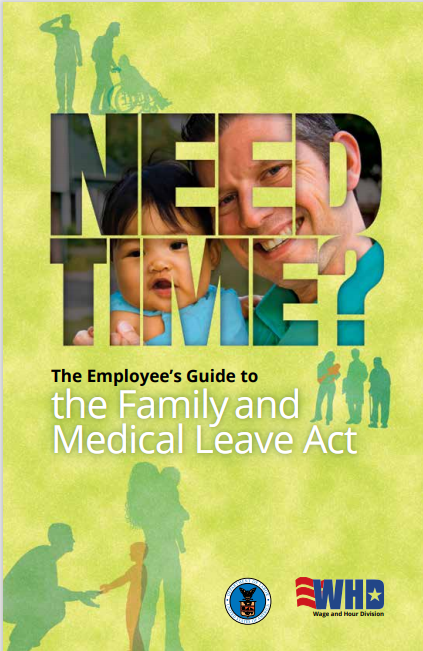
Do you know the difference between an employee and independent contractor?
Misclassification can result in serious financial and legal consequences for employers.
Violations are a growing body of litigation. Liability spans a range of state and federal laws including the Fair Labor Standards Act, Family Medical Leave Act, IRS withholding rules, Worker’s Compensation and Unemployment Insurance laws just to name a few.
Different agencies and laws have different definitions of what constitutes an “employment relationship” vs. an “independent contractor relationship.” The various nuances of those differences is complicated and beyond the scope of this article but there are two common themes running through all of the definitions: control and financial independence.
CONTROL
Who controls how and when the worker does his/her job?
Does the worker provide services to more than one employer?
Who decides what days/times the service is provided?
Is the worker engaged mainly for the benefit of this one employer?
If it appears that the employer controls the methods and means of providing the service then the worker could be deemed to be an employee regardless of job title or employer classification.
FINANCIAL INDEPENDENCE
Who controls the business aspects of the worker’s job?
Does the worker have a financial stake in their company by for example providing their own tools and covering their own expenses?
Does the employer reimburse the worker for the financial costs of providing the service?
How and when is the worker paid and who determines that?
Being paid hourly, weekly or monthly is more indicative of an employment relationship whereas payment on commission or a per project basis is more indicative of an independent contractor relationship.
How Do You Find Clarity In This Puzzle?
There is no one factor or set of factors that determines whether a worker is an employee or an independent contractor. Different agencies use different criteria and the criteria can also vary based upon the particular set of circumstances. Factors that are relevant in one situation may not be in another which means that it is difficult to have a grasp on the whole picture.
The key is to look at the entire relationship to consider which party exerts ultimate control over the work and the work product. Your worker is probably an employee if you instruct him/her on how, when and where the work is to be performed.
One thing is certain. Getting it wrong can be extremely costly for both employers through legal liability and employees through lost protections and benefits. Take the time to assess your independent contractors and consultants to be certain that they aren’t really employees under the law.












Leave a comment